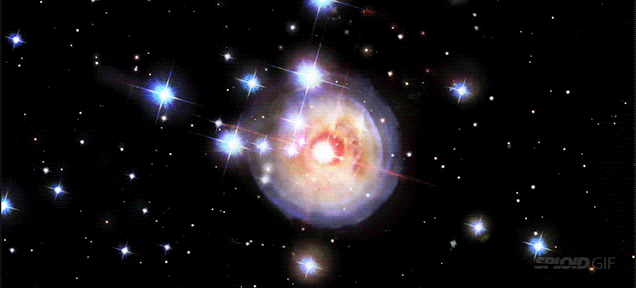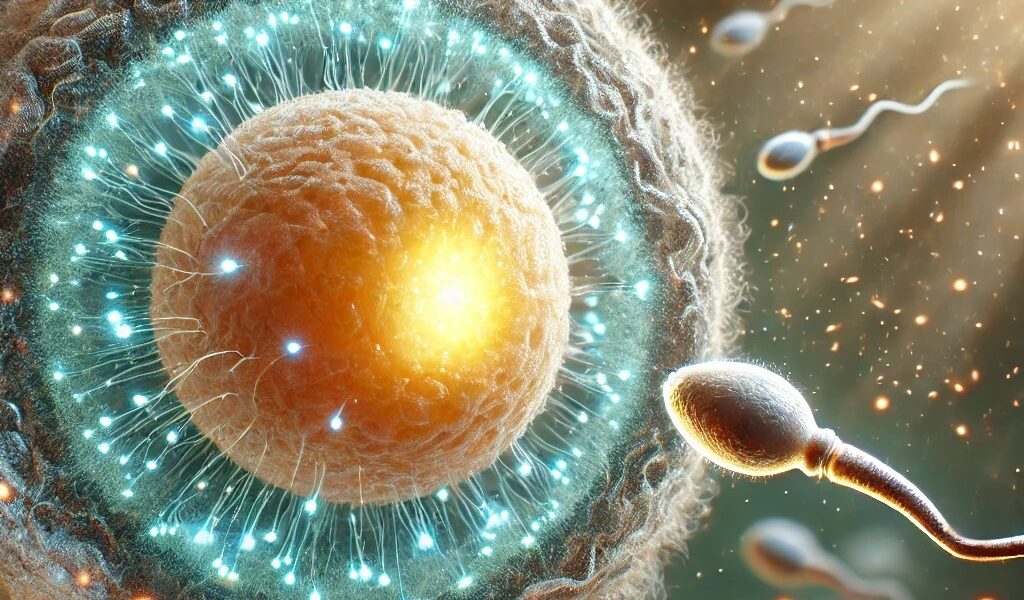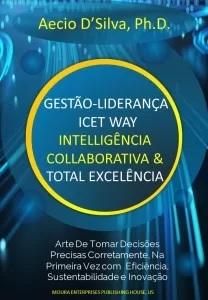Unraveling the Cosmic Mystery – How and When Time and Space Came into Existence
Prof. Aécio D’Silva, Ph.D
AquaUniversity
Exploring the Genesis of Reality: How the Biblical Account of Creation Aligns with an Intelligent Design and the Cosmic Origins of Time and Space
“In the beginning, God created the heavens and the earth. Now the earth was formless and empty, darkness was over the surface of the deep, and the Spirit of God was hovering over the waters. And God said, ‘Let there be light,’ and there was light.” — Genesis 1:1-3
Before time, before space, before anything that we can comprehend—there was nothing but divine intention. Then, with a single act of unimaginable power, the cosmos was born. From the depths of formless void and darkness, God spoke, and reality began.
But what does this moment truly mean? Was this the birth of time and space itself? Could this ancient biblical account align with an intelligent design and our modern understanding of the universe’s origins? Scientists theorize that the cosmos emerged from a singular moment of creation—the Big Bang, yet Genesis describes an even deeper truth: before the universe existed, there was purpose, design, and the voice of the Creator.
Category: Spark of Life
The Spark of Life: Light Emission at the Moment of Human Egg Fertilization
Illuminating the Miracle of Conception
Prof. Aécio D’Silva, Ph.D
AquaUniversity
A Tiny Flash, A Grand Beginning
Imagine a microscopic burst of light marking the beginning of human life. This isn’t science fiction—it’s an Intelligent Design real phenomenon observed by our colleagues scientists during fertilization. These “zinc sparks” could hold the key to understanding the earliest moments of human development and even improving fertility treatments.
Summary
Spark of Life – Recent scientific discoveries have revealed that when a sperm fertilizes a human egg, a burst of light—caused by zinc particles—is emitted. This remarkable event has profound implications for reproductive medicine and offers fascinating insights into the biology of conception. This blog will explore the science behind these light emissions, their role in fertilization, and their potential applications in medicine.




